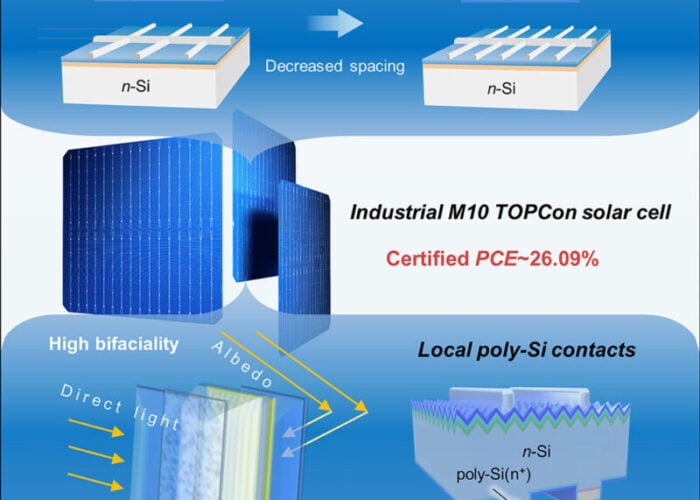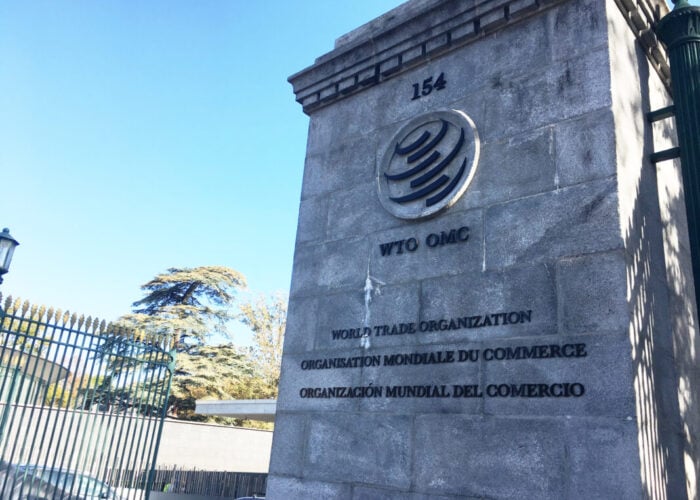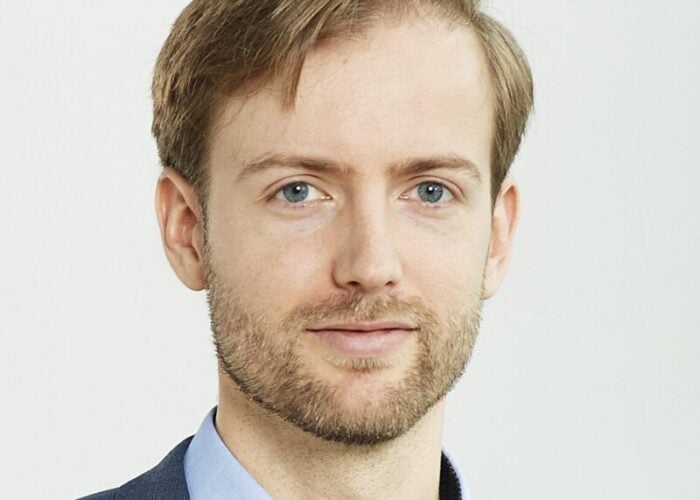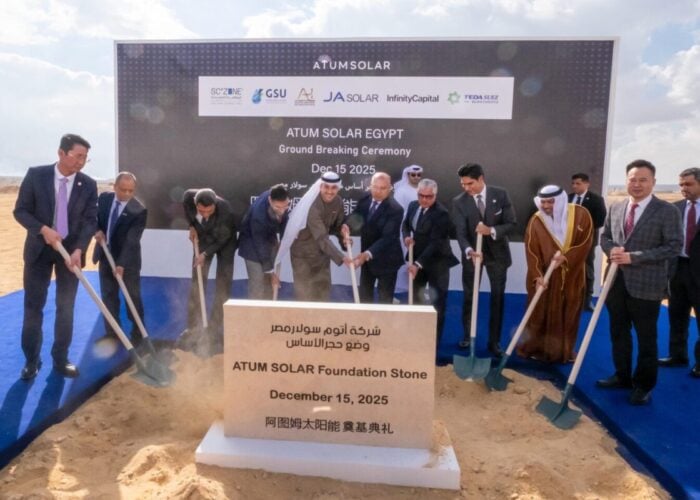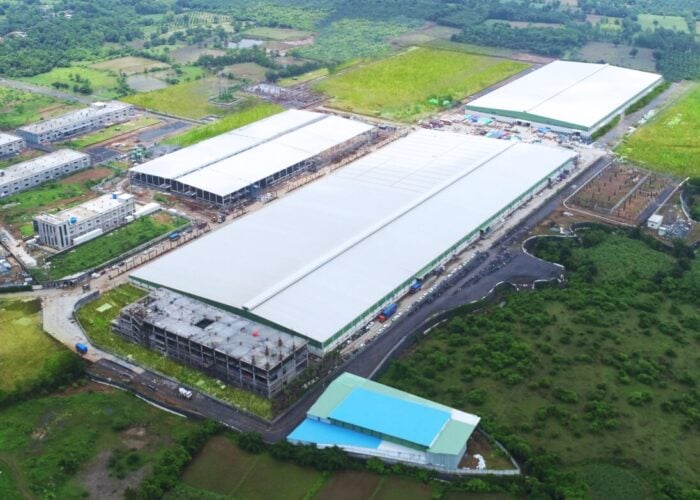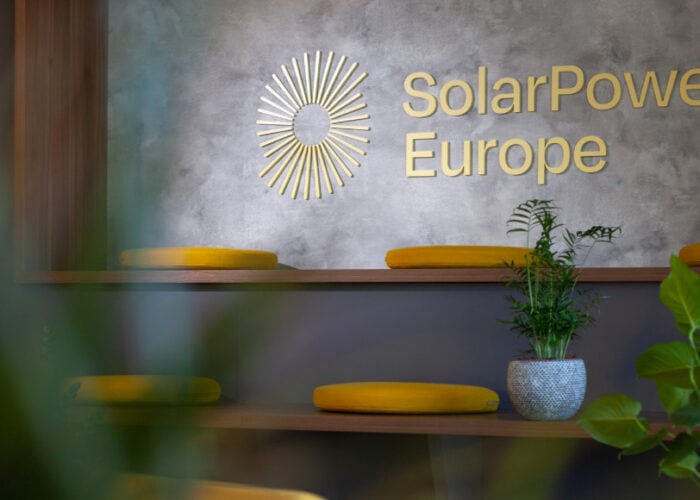The recent announcements from Silicon Module Super League (SMSL) manufacturer LONGi Silicon Materials, to acquire the Malaysia wafering operations of Comtec Solar Systems Group and to align with Trina Solar and Tongwei for a new 5GW factory in China, represent yet more substance to LONGi’s active push to shift the industry to mono c-Si cell and module supply.
These two new deals are not unexpected, as they form part of one of the most pro-active technology drives seen for many years within the industry. And while it was generally known for years that multi-GW (>10 GW) levels of new mono pulling would be needed from a single low-cost supplier to disrupt the legacy dominance of GCL Poly with p-type multi, the burning question until a couple of years ago was where this initiative was going to come from.
Try Premium for just $1
- Full premium access for the first month at only $1
- Converts to an annual rate after 30 days unless cancelled
- Cancel anytime during the trial period
Premium Benefits
- Expert industry analysis and interviews
- Digital access to PV Tech Power journal
- Exclusive event discounts
Or get the full Premium subscription right away
Or continue reading this article for free
In contrast to other midstream high-efficiency cell and module manufacturers – SunPower, LG Electronics and Panasonic for example – what makes LONGi’s push for mono more relevant is its goal to control wafer supply. Ultimately, no matter how ambitious the plans of the above noted competitors for cell and module efficiency gains, these companies have been rather powerless when it comes to wafer supply, and typically have been left to form supply alliances with less ambitious and cash-strapped mono wafer producers across the Asia Pacific region.
Aside from a host of other requirements, the single most important attribute to compete with p-type multi wafers is scale-of-economy. Now that LONGi has this in abundance, and is maintaining its 3-year plan through 2018 for expansions, we have a fundamentally new dynamic that is changing technology adoption within the industry, and ultimately driving 72-cell module supply north of 350W. In short, this is totally a game-changer.
LONGi’s push is new territory for the PV industry
What also makes LONGi’s strategy interesting is also somewhat of a dilemma – what to do with company-owned cell production and module supply. In this regard, we have the concurrent ambitions from LONGi’s midstream subsidiary LERRI Solar. How much do you prioritize your in-house cell supply, compared to toning down vertical integration aspirations that would only compete with your (more important today) wafer customers?
The route so far from LONGi appears to be one that is covering all bases, but more heavily weighted to the partnering route, whether this is with Trina Solar, Tongwei or ET Solar, to name just a few. Ultimately if mono is to push out p-multi as the dominant technology used in the industry, it needs a large number of collaborators to make this happen, almost independent of what LERRI Solar achieves in the next few years.
But not every cell manufacturer can, or would want to be, a partner of a supplier as dominant as LONGi, where the intent has been voiced on many occasions to move downstream and play on the global stage. The risk of being overly dependent is paramount, with the wafer supplier effectively having more ‘power’ than the cell producer. There are potentially too many ‘what if’ scenarios to worry about here, especially if you are a non-China ‘player’ in the industry and not under the safety net of an implicit government-backed manufacturing-driven culture.
However, what is the alternative? Currently there are really only a couple of other mono wafer suppliers with any meaningful volume of supply, and these companies are only going to be playing catch-up with LONGi on price, wafer quality, and ensuing module panel powers from the mono-wafer adopters.
LONGi driving competitive n-type and p-multi strategies also
Among also the many other fascinating outcomes of having a 10GW+ mono wafer supplier at low-cost is the fact that, unlike p-multi wafer supply, p-mono has the direct path to move to n-type wafer supply – when the wafer supplier so chooses.
We have speculated on this for some time, and from a strategic standpoint, it makes far more sense to delay this shift to n-type until the existing competition is effectively eliminated from the industry through lack of competitive wafer supply. And then the pathway is cleared for acquisition of the shuttered (or loss making) cell and module facilities currently run by existing n-type producers.
It may sound somewhat Machiavellian, but the recent moves by LONGi to bring former MEMC and Comtec Solar operations under its wing are perhaps just the early signs of this being fundamental to the company’s long-term goal to be a controlling influence on materials supply. Perhaps the wise move for existing n-type manufacturers would be to form that strategic alliance now with LONGi, and be part of the eventual move to n-type, and not just remnants of any collateral damage during the intervening time period.
What LONGi is also doing, somewhat by default, is forcing major changes on p-multi wafer supply and cell manufacturing. Other factors are having secondary inputs here, such as the Top Runner and Super Top Runner capacity allocations in China, and the increasing adoption of PERC technology on p-type mono cells.
Even before we can say whether diamond wire sawing of p-multi wafers is going to be mainstream or not, we are beginning to ask the question: is this even going to be enough? The shift to diamond wires and black-silicon-like texturization of p-multi cells is more about saving cost than increasing efficiency, and if this cost reduction is simply tracking the scope for LONGi driving mono wafer costs down further, it is unlikely to be enough to stop the migration to mono with LONGi being the dominant company for wafer supply.
But we cannot discount the sheer volume of polysilicon supply and p-multi wafer production from GCL Poly, and just how much the company can do to bring wafer costs (and ASPs) down even further. Or to live with reduced upstream margins, in order to sustain its extensive plant operations within China. Operations are as of course often as much about employment-count than profitability.
Mono-vs-multi: get ready for PV CellTech 2017
So, perhaps we are back to the simple but hugely critical question still for PV manufacturing: mono or multi? Never has this question been more pivotal. It dwarfs the n-type versus p-type issue, and makes even PERC and bifacial technologies seem somewhat innocent bystanders.
With just over two months before the PV CellTech conference in Penang, Malaysia on 14-15 March 2017, it is therefore great news that we have the CTOs and Heads of Research from each of LONGi Silicon Materials, LERRI Solar, GCL Poly and GCL Systems Integration confirmed as key speakers. What a panel debate that would make after each of them gives their presentation!
In the next few days, we will discuss on PV-Tech the full list of topics to be covered at PV CellTech in March 2017, and the range of speakers from all the leading cell producers in the industry today. The event is shaping up perfectly as the definitive stage to fully explain the technology roadmap of the industry in the next few years, and a must-attend event for all equipment, materials and gas suppliers.
As a benchmarking event for any company in PV manufacturing today, PV CellTech will again prove to be the one event not to miss on the PV calendar for 2017. Details on how to register for the event, and much more on the March 2017 speakers and topics, can be found through this link.

